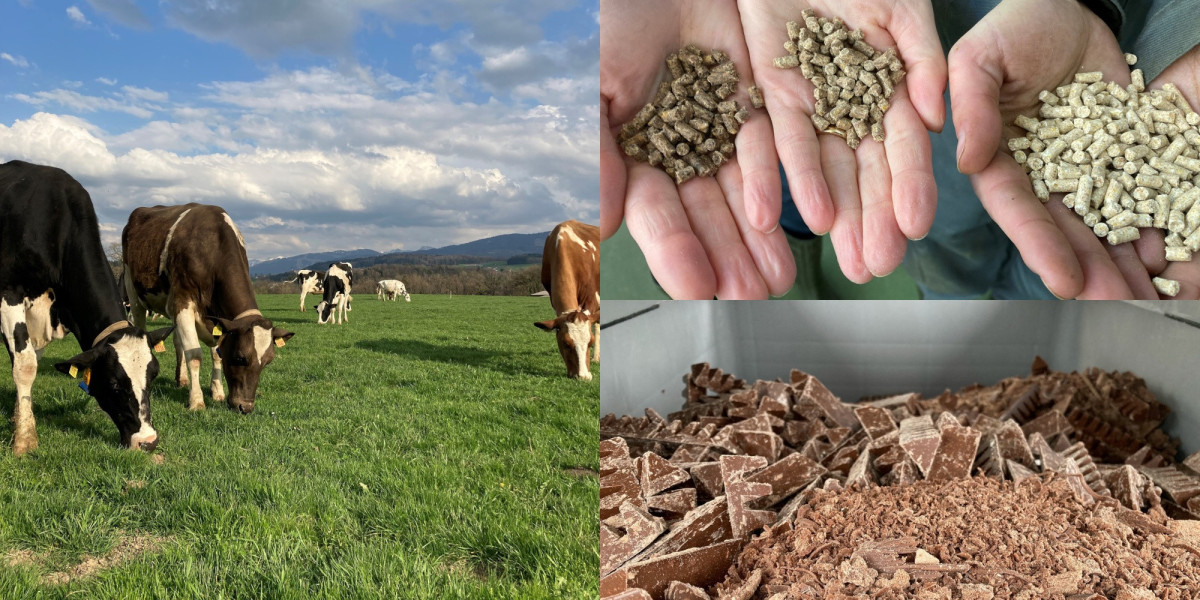The dairy concentrates market continues to expand across key nutritional sectors, including sports nutrition, infant formula, and clinical nutrition. Analyzing market dynamics reveals how innovations in processing, shifting consumer behaviors, and international demand are influencing production strategies and competitive positioning.
Segment Performance Overview
Dairy concentrates are primarily segmented into whey protein concentrate (WPC), milk protein concentrate (MPC), casein, and others such as lactose concentrates and dairy permeates. Among these, WPC and MPC dominate the market due to their versatile application across food, beverage, and supplement industries.
WPC is widely used in fitness and sports nutrition products, while MPC serves functional roles in clinical formulations and dairy-based food products. Lactose concentrates are gaining visibility for use in infant formula and energy supplements. Casein and micellar casein are finding niche markets in time-release protein applications.
Application-Based Market Trends
The food and beverage industry remains the largest application segment. Dairy concentrates are essential for producing protein-fortified yogurts, cheese, ready-to-drink shakes, baked goods, and frozen desserts. The growing emphasis on functional and clean-label food is increasing demand for minimally processed, high-purity concentrates.
Infant nutrition and clinical food applications form the second-largest market area. Here, dairy concentrates are valued for their digestibility, amino acid profile, and compatibility with other nutrients. The precision in formulation required by these segments drives a preference for high-quality, consistent dairy proteins.
Regional Market Analysis
North America continues to be the most mature market, characterized by established demand in sports nutrition and high consumer awareness. The U.S. is a global leader in whey protein production, backed by advanced dairy processing infrastructure and large-scale exports.
Europe shows consistent demand growth, particularly in Germany, France, and the Netherlands. Regulatory standards encourage clean-label innovation, while local brands emphasize sustainable sourcing and organic dairy.
Asia-Pacific is the fastest-growing region, especially in countries like China, India, and Japan. The market benefits from growing middle-class populations, urbanization, and increased investment in health and wellness. Dairy concentrates are being used in fortified beverages and infant products to meet evolving dietary needs.
In Latin America and Africa, growth is more modest but improving steadily. Government initiatives to combat malnutrition and increased access to protein-rich foods are slowly opening new opportunities for dairy concentrate importers and regional producers.
Competitive Landscape and Key Players
The market features a mix of global giants and regional specialists. Key players include Arla Foods Ingredients, Glanbia plc, Fonterra Co-operative Group, Kerry Group, and FrieslandCampina. These companies compete through product quality, customization capabilities, clean-label formulations, and R&D investment.
Mergers and acquisitions are becoming common as larger players expand their global presence. Collaborations between dairy farms and processing firms are enhancing traceability and supply chain efficiency.
Innovation and Technology Adoption
Membrane filtration, spray drying, and low-temperature processing are enabling manufacturers to maintain protein integrity and improve taste profiles. Enzyme technology is also being used to improve digestibility and create hydrolyzed proteins suited for clinical use.
Customized blends of whey and casein concentrates are being offered to meet the specific needs of product developers in the sports, infant, and elderly nutrition sectors. Innovation in packaging—especially shelf-stable, single-serve options—is further expanding usage scenarios.
Pricing and Supply Chain Considerations
Dairy concentrate pricing is highly influenced by milk supply, global dairy trade dynamics, and export-import regulations. Volatility in raw milk prices and transportation costs, especially due to climate impact and geopolitical tension, affects final pricing.
Many companies are exploring backward integration with dairy farms or forming co-ops to stabilize supply chains and reduce costs. Digital supply chain management tools are also helping in demand forecasting and inventory planning.
Conclusion
Comprehensive market analysis highlights that the dairy concentrates sector is being shaped by global dietary shifts, functional health trends, and technological advancements. Understanding performance by segment, region, and application will be critical for stakeholders aiming to maintain competitiveness and align with future consumer needs








